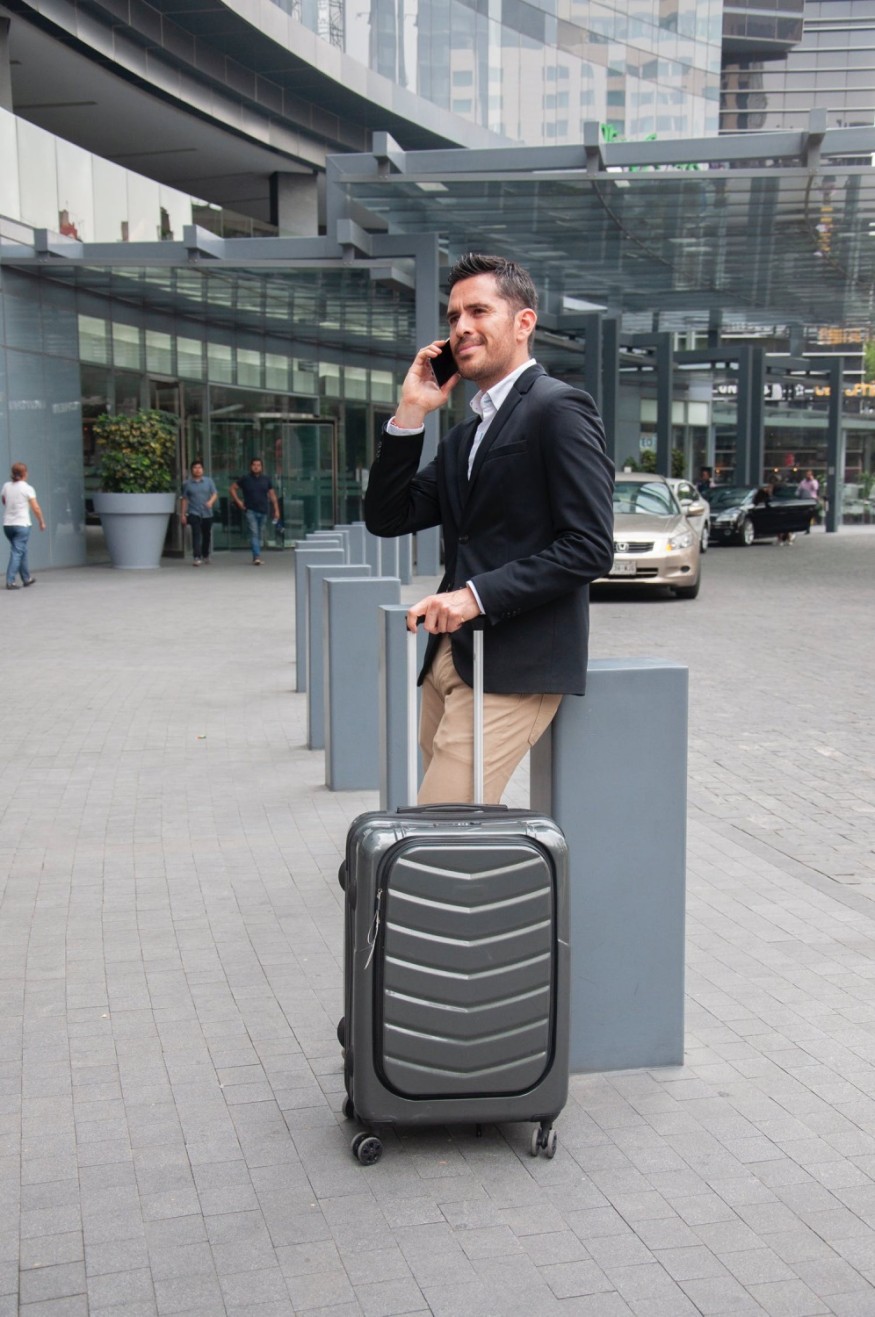
Will you travel with a hard-sided or soft-sided suitcase? You may be overwhelmed with the decision.
Decades ago, most luggage was hard but in the 1980s, composite fabrics that were pliable, strong, and lightweight led many people to start buying soft-sided luggage.
Here are some comparison to make that all-important decision:
Hard-Sided Luggage
1. Protection
Heavier than soft suitcases, the upside of hardside luggage is its rigid frame. This means that it's more difficult to squeeze and press into the luggage because of the the hard shell.
With new technology and materials, it's almost impossible to break the exterior shell through airport and regular travels. With the weather resistance of hardside luggage, your belongings will be sufficiently protected from rain and moisture. In a soft suitcase, your things can get wet if it is left in the rain while waiting to be put on a plane.
Also, a hard suitcase will do a better job of protecting fragile items. The sturdy shell will be able to take the abuse of being knocked, thrown, jostled and dropped.
2. Colors
They come in a wide range of colors and designs. There are many more colors, patterns and textures available from very bright to muted ones because the shells are usually made of polycarbonate.
Stains and wear and tear show more prominently with brightly colored softside luggage.
3. Quality
To improve overall quality, many pieces are currently made with polycarbonate, a softer material that actually flexes a little bit to absorb impact when dropped or thrown onto hard surfaces. You can also look for a hard-sided suitcase made in aluminum.
Soft-Sided Luggage
1. Organization
Because of the the availability of external pockets, you can store things that will come in handy like jackets and toiletries by easily stuffing them in the bag if you don't need them for carry-on. It comes with exterior pockets, and they often have two or more interior compartments. It's easier for you to separate small from large items.
2. Flexibility
These lightweight pieces can flex and compress to fit into tight spaces, such as the overhead bin in an airplane and it take up less room to store at home, unlike hard-sided luggage that is hard and strong and nearly impossible to penetrate. You can even try shoving them into your packed trunk on car trips.
If you need to pack irregularly-shaped items, this works better. The soft material will form around the luggage contents. You can unzip a portion of the bag (along its spine) to provide more space.
It is the best option in cramped European hotel rooms or cruise ship cabins. You'll be able to maneuver around the airport with your soft sided luggage with wheels.
3. Quality
If it is made of durable nylon, it will offer protection and resistance to sharp objects and water. Zippers should have taped, reinforced seams. It can also be made of canvas. Canvas-like luggage flexes under pressure.
You can choose one that fits your needs, or a hybrid luggage (also known as "Smart" luggage) that combines both hard and soft features.
This article is copyrighted by Travelers Today, the travel news leader



